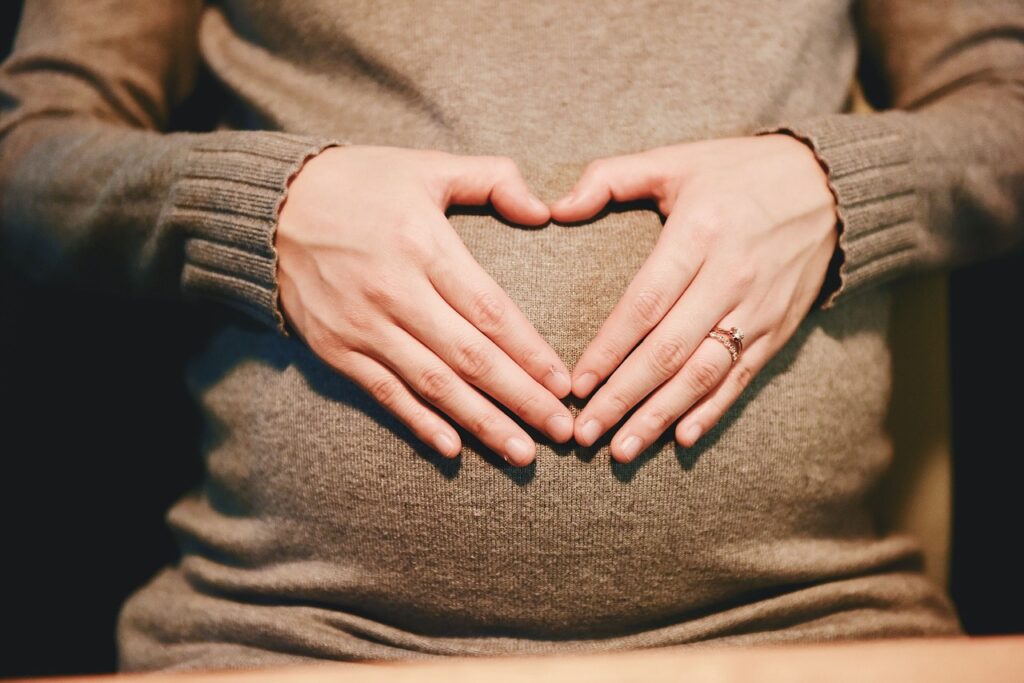
Last Updated On: October 9, 2024
Maternal cardiac arrest occurs when pregnant women have a sudden cardiac arrest. Maternal cardiac arrest is probably the last thing expecting moms have on their watch. The fetus needs a lot of oxygen from the mother. To make room for the fetus, women undergo a 20% increase in oxygen demand and a 40% increase in cardiovascular metabolism. Pregnancy-related changes in hormone levels, such as progesterone and estrogen, can potentially narrow airways and increase the risks of maternal cardiac arrest. When these physiological changes come together, cardiac arrest becomes a particularly dangerous condition for pregnant women. Therefore, it is crucial to do effective CPR on pregnant women with rescue breaths and utilize an AED in case of an abrupt cardiac arrest.
A condition called Gingivitis could be the cause of bleeding gums during pregnancy. You may experience swelling and bleeding gums due to hormones making your teeth more susceptible to plaque.
Leg cramps are abrupt, severe pains that typically affect the lower leg. Cramps may be avoided by performing gentle stretches. Ask your doctor for recommendations.
Hormonal fluctuations, low blood pressure, or becoming too heated could be to blame for feeling dizzy. Pregnancy causes your body to pump out extra blood, which, together with hormones, can make you feel hot.
Hormones and your womb pressing against your stomach later in pregnancy might result in:
Hormonal changes can wreak havoc on your digestive system. Tackle these conditions by listening to your body and making the right food choices.
Besides the above conditions, maternal cardiac arrest is likely the last thing expecting moms are concerned about. Women who are pregnant are especially susceptible to oxygen deprivation brought on by cardiac arrest. Therefore, knowing how to perform CPR on a pregnant woman can help save two lives. Take a look at the “CPR in Pregnancy” PPT:
Step1: Call 911 upon recognizing a maternal cardiac arrest.
Cardiac arrest in a pregnant woman can be recognized like they can be identified in any other individual. Check for adequate breathing and response. Assume they are experiencing cardiac arrest if they are not breathing properly and unresponsive. Call 911 right away, begin performing CPR on the pregnant woman, and ask someone to get an AED. Make sure to let the 911 operator know the patient is pregnant.
Step 2: Give CPR to the pregnant woman
Step 3: Utilize the AED in Step 3 to Restart Their Heart
Once the AED arrives, switch it on and follow the on-screen instructions. You’ll be informed what to do by the voice instructions on AED. The purpose of an AED is to read a person’s cardiac rhythm and determine whether a defibrillation “shock” is required to restart the heart. The device will charge and administer a shock if recommended by the device. The AED will instruct you to perform CPR if a shock is not necessary.
It is an exciting and happy moment when you are expecting a baby, but it can also be stressful. Not only expectant mothers should learn how, though. Learning infant CPR is one of the finest things you can do for your child as their primary caregiver. Because babies are so small, performing CPR on them differs from doing so on adults and older children. Enrolling in an Infant CPR course will teach you:
Even though many pregnant women might not suffer a cardiac arrest, it is nonetheless quite dangerous. Learn Adult, Child, and Infant CPR at American CPR Care Association and save two precious lives!

